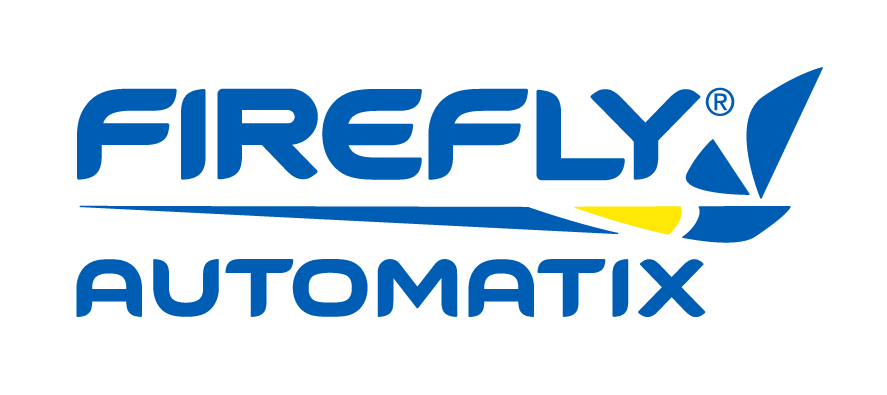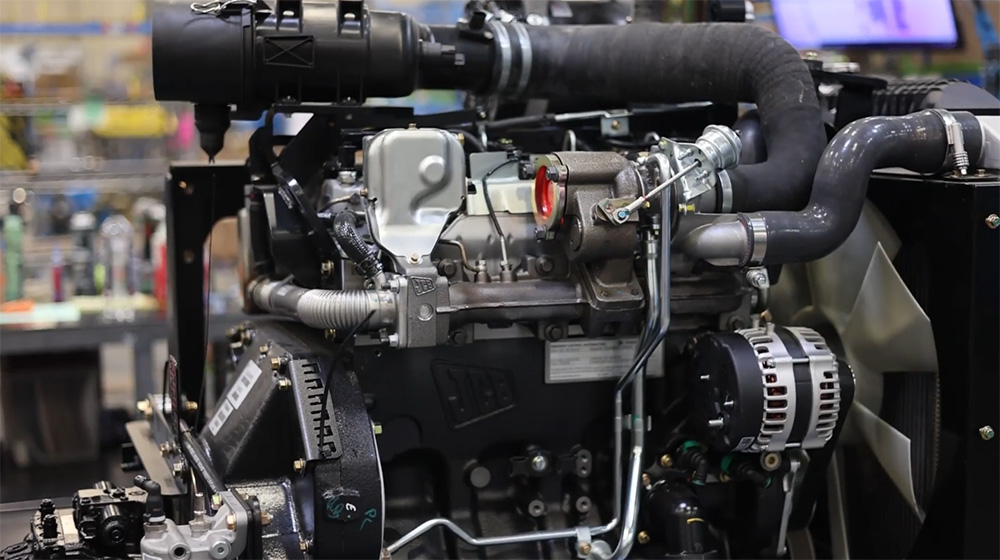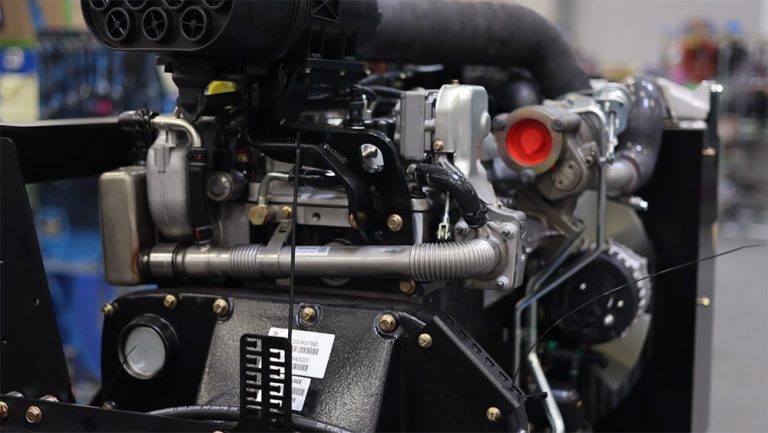Using the right filters on the right schedule can maximize your engine’s performance and reduce downtime for your turf harvester. Keep reading to learn how.
JCB Tier 4 Engine Care
Your JCB engine performs best when it breathes clean air and fuel. Filters are the first line of defense against contaminants, but not all filters are created equal.
Stick to the schedule
Every engine manufacturer provides recommended service intervals for filter changes. Following these guidelines helps prevent clogged filters, reduced efficiency, and avoidable engine damage.
Recommended JCB filter replacement intervals
- Fuel filter: every 500 hours or once per year, whichever comes first
- Engine oil filter: with every oil change (every 500 hours or every six months, whichever comes first)
- Primary air filter: every 1000 hours or when clogged, whichever comes first
- Secondary air filter: every 1000 hours or when clogged, whichever comes first
Refer to the Service Quick Reference – JCB Engines article on our support portal for specific replacement part numbers and intervals.
OEM vs. aftermarket filters
Original Equipment Manufacturer (OEM) filters are built to the exact specifications of your JCB engine. Aftermarket filters might look like the real thing, but even small differences in filtration quality can let dirt and contaminants into your system, leading to premature wear, reduced performance, or costly repairs.
Why you shouldn’t pre-fill fuel filters
It might seem convenient to pre-fill fuel filters before installation, but doing so can let unfiltered fuel into the system. Always install fuel filters dry and allow the engine’s priming system to fill them properly.
Don’t backflush air filters
Backflushing air filters is not recommended, as it can damage the filter element. Never reuse filters with holes or compromised media.
Best Practices to remember
-
Minimize idle time whenever possible, especially at low RPM.
-
Set engine speed to 2200 RPM when the machine is stationary.
-
Run an EGR burn cycle once per week for one hour at 2200 RPM.
-
Follow the operator’s manual for load-specific guidelines.
These steps are quick and easy to work into your routine, and they go a long way toward extending the life of your engine.
Want more ways to get the most out of your JCB engine?
Check out the JCB Engine System Training Guide: Best Practices & Preventative Maintenance article on our support portal.
(If you haven’t set up your free Support Portal account yet, register here.)




